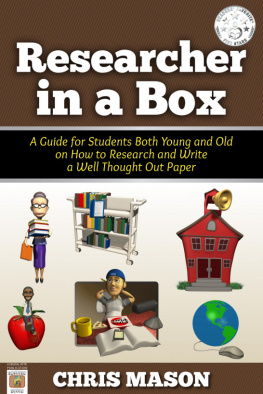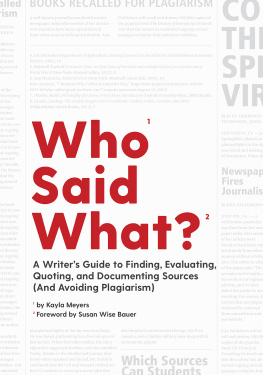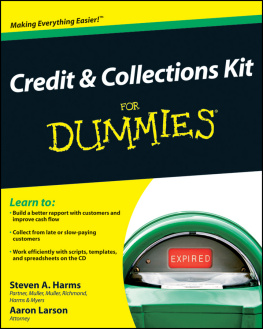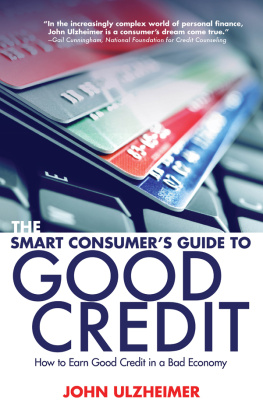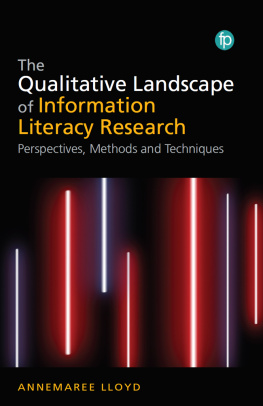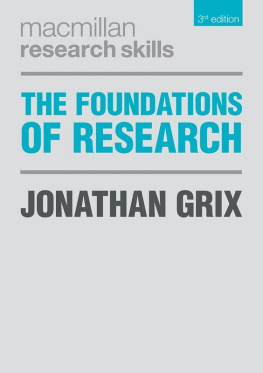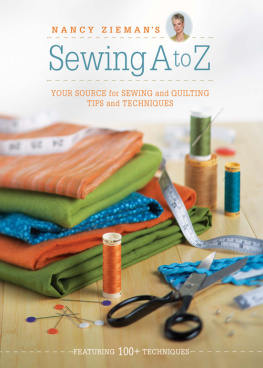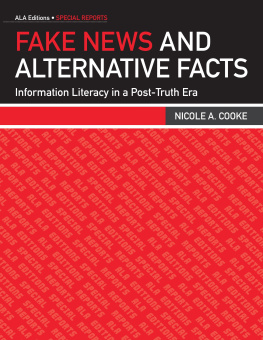Be an OriginalDon't Plagiarize!
Do you know what plagiarism is? Or "fair use"? Or copyright? You may not be sure when to give credit for information you are using, or how to get permission to use a photo or video clip. This book shows you how to do research, take notes, and write great reports and projects. Discover ways to give other people credit for their ideas while exploring your own.
About the Author
Nancy Bentley is an experienced children's book author. A former teacher and library media specialist, she has had the pleasure of teaching students from kindergarten to the university level.

My appreciation to the following professionals for their time, energy, and inspiration: Debbie Hickey, Karen Waters, Mike Herr, Doug Burwell, Gwen Giddons, Melissa Smead, and Barb Linnenbrink.
Eric and Peter, Sean and Cody, Nathan and Riley
Its time to write a report. Maybe your teacher gave you an assignment. Maybe you have a question of your own. You begin searching for information. You look in books. You use the Internet. You find answers, take notes, and start writing. Is that all there is to doing a report? No. You need to put the information together in the best way possible. And you must use the information without plagiarizing.
Plagiarism is taking someone elses work and pretending its your own. But I didnt steal anything, you say. All I did was copy! How can it be wrong to copy something from a book or from the Web?
Plagiarism happens when you take peoples creative work without giving them credit. It could be their words, their music, or their photos. If you use other peoples work and pretend its yours, its like robbing them.

Image Credit: Stockbyte/Thinkstock
Its important to listen carefully when a teacher gives out an assignment.
This book will show you how to plan a report and take notes. It will explain how to use quotations, paraphrases, and summaries. It will give you suggestions for how to credit others work properly. It also will show you how to ask for permission to use other peoples work fairly. Best of all, this book will help you avoid plagiarism. All these things will make your own original work better.

Image Credit: Fuse/Thinkstock
A great report starts with good notes.
Why is it so important to do original work? Your writing, painting, or composition is an expression of who you are. Only you could have created it. You are unique. Your hair color is probably different from your sisters. Your favorite food is different from your brothers. To unfairly use someone elses work and pretend it is your own is like pretending you are someone else. It is dishonest and unfair.
The word plagiarism comes from the Latin word plagiarius, meaning kidnapper.

If you plagiarize, there will be consequences. At the very least, youll feel embarrassed. Your teacher might give you a lower grade or ask you to write your report over. You may lose privileges at home and at school. Worst of all, those around you will no longer trust you. You will have to work hard to earn back their trust and respect. Plagiarism is a serious matter.
Who you are shapes what you create and how you express it. Laws protect that expression. Those laws are called copyright laws.
Copyright protects original work. It protects stories, music, and art. But copyright did not always exist. In the old days, people told stories aloud. They didnt write them down. No one knew the name of the person who made up the story. It didnt matter. There was no copyright.
In the Middle Ages, it took years to make a book. Monks living in monasteries slowly copied books by hand. Books were rare and expensive. Then, in the mid-1400s, Johannes Gutenberg invented a movable-type printing press. Movable type allowed a printer to arrange letters into sentences for each page. Gutenberg came up with a new way of putting blocks of type together. He used oil-based ink and a mechanical press. These changes made printing faster and less expensive. Several pages could be printed at the same time. Books were printed in weeks, not years. More people began buying them. And booksellers began making more money.
Queen Anne ruled Great Britain from 1702 to 1714. During her reign, the first copyright law was created. Before this, authors had little control over their work. Printers paid authors poorly. Fake copies were often printed and sold without the authors permission. The Statute of Queen Anne changed this. Writers became the owner of their printing rights for a limited amount of time. They could now profit from their work.
The framers of the U.S. Constitution liked the idea of copyrights. They soon created their own laws to protect original works.

Image Credit: Dorling Kindersley RF/Thinkstock
This illustration shows how an early printing press worked.
Not everything is covered by copyright. Here are some things that no one can copyright:
- IdeasNo one can copyright an idea. Copyright only protects the way you use words to express or tell an idea.
- Common factsBats are mammals. That is a common fact, which cannot be copyrighted. When you take notes, you can copy down facts about bats. But you have to write them in your own words. If you copy those facts word for word from a book, you are copying an authors expression of those facts. You cannot state the information in the exact way the author wrote it without giving credit. That would be plagiarizing.
- Names, lists of ingredients, alphabetical lists, titles, short phrases, slogans, and familiar symbols, such as a stop sign.
- Phone books, calendars, lists of common facts, and titles of books.
- U.S. government works, such as reports and statutes. (Statutes are laws passed by the legislature.)
- Works in the public domainThe word domain can mean a place owned by a person or the government. And everyone can be considered a member of the public. Public domain refers to works that can be used by anyone for free. When does a book become public domain? It might be so old that it was written before there were copyright laws. Or its copyright protection might have expired, or run out. Today, something written by an author can be copyright protected for the lifetime of the author, plus 70 years. After that, it moves into the public domain.
A notice of copyright shows that a work is copyright protected. The notice includes the symbol, the date, and the creators name. A sample copyright notice would read 2009 Callie Androtti.

Copyright laws protect the rights of creators. In the 1990s, some people said these laws were too strict. They wanted to be able to use works more freely. But authors and producers objected. They were worried about people copying anything they wanted. They thought their work and income would be hurt by changes to the laws.



